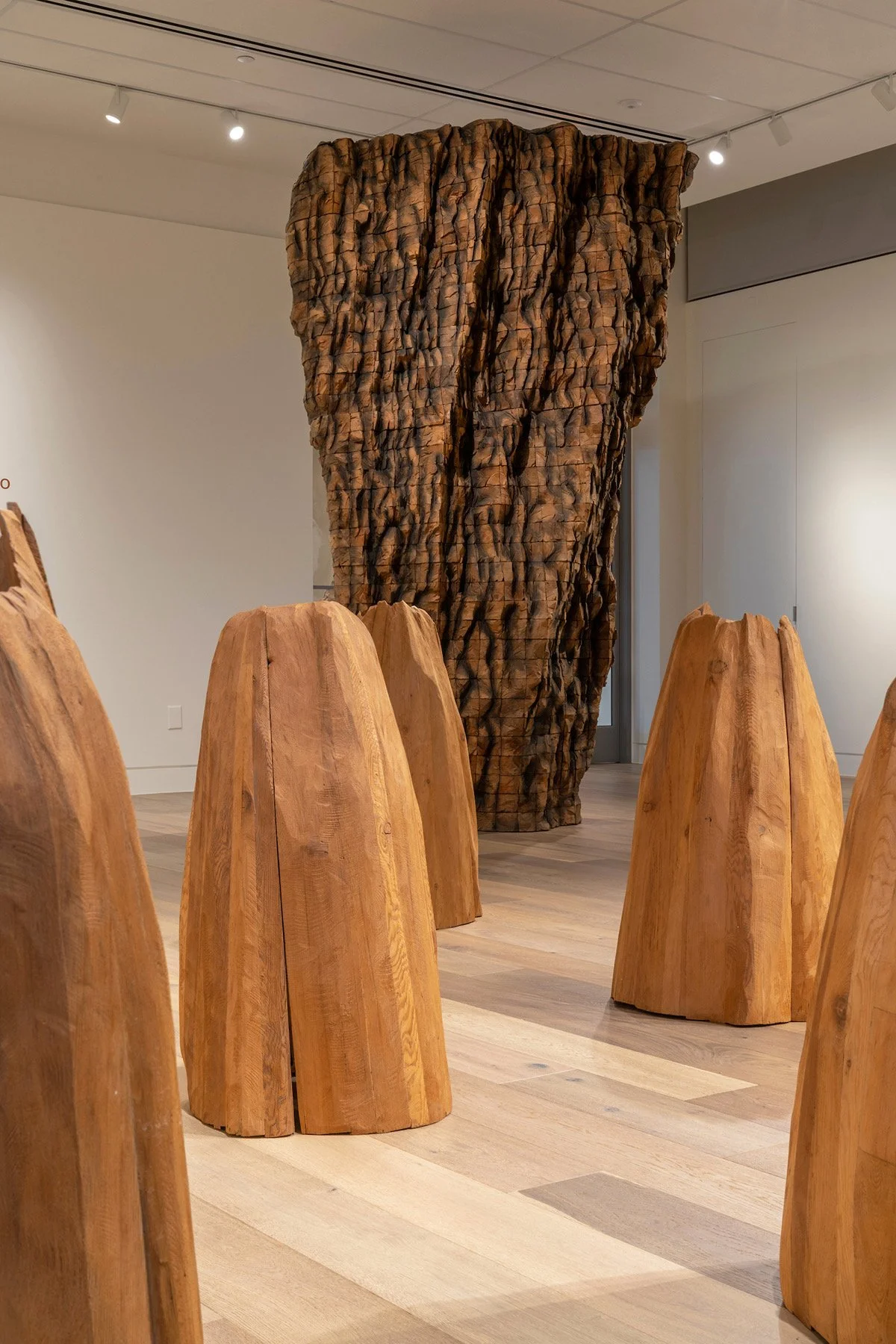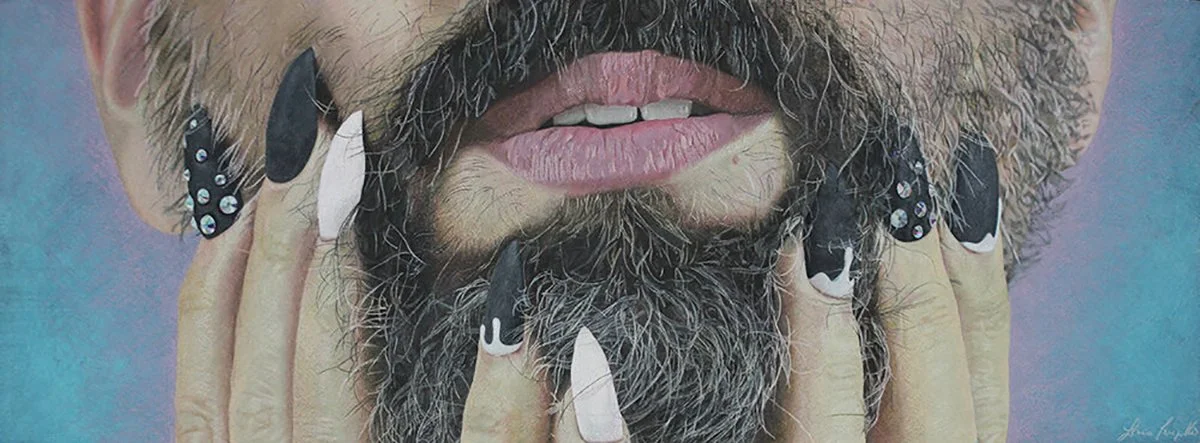Mexican artist Gabriel Rico is well known for his found-object-based sculptures, but this exhibit represents new aspects of his work with the use of AR and the large scale of the totems. Created from materials donated by Denver-based organizations, the totems tell the story of Denver’s complex culture through everyday and novel objects. The AR introduces a digital layer and strengthens the theme of inclusion.
Welcome to DARIA: Denver Art Review, Inquiry, and Analysis, a publication devoted to art writing and criticism focused on the Denver-area visual art scene. DARIA seeks to promote diverse voices and artists while fostering critical dialogue around art.





















